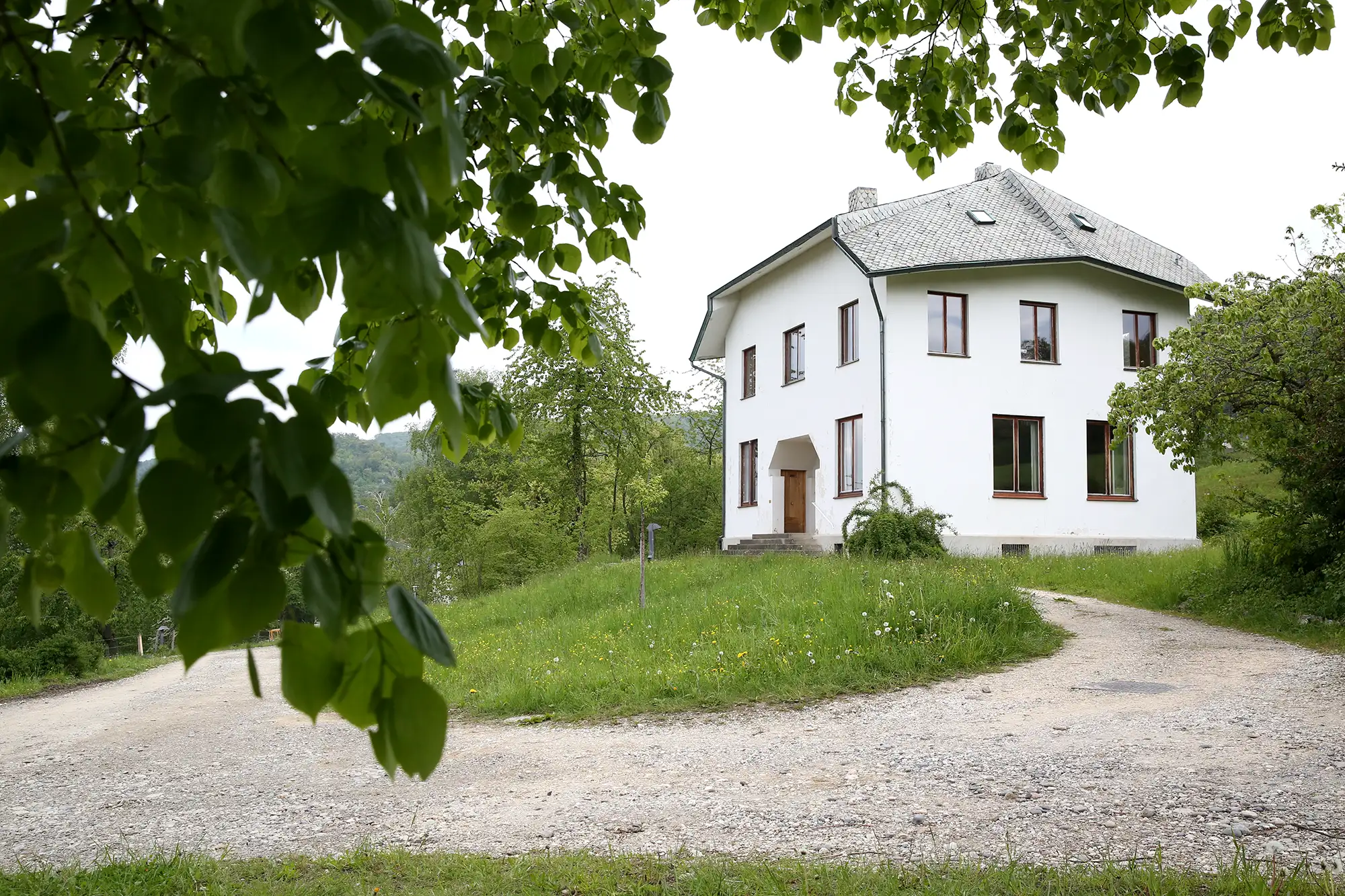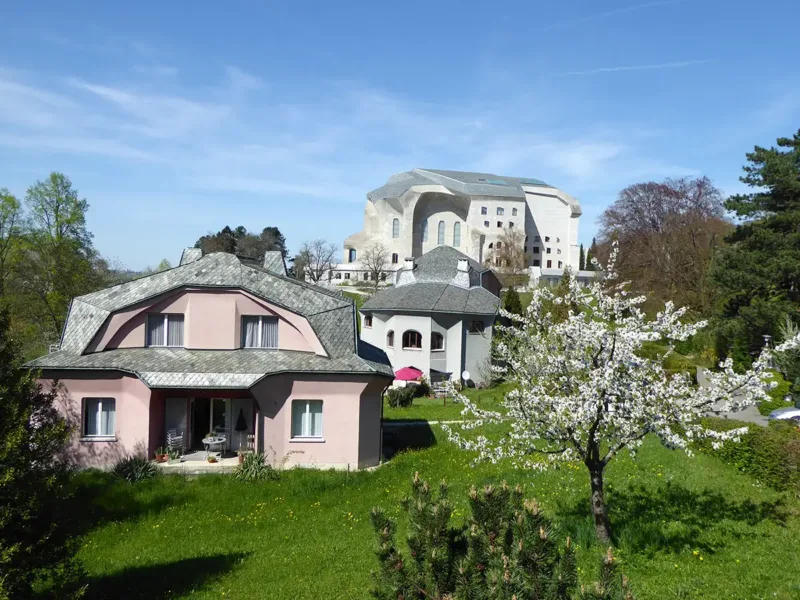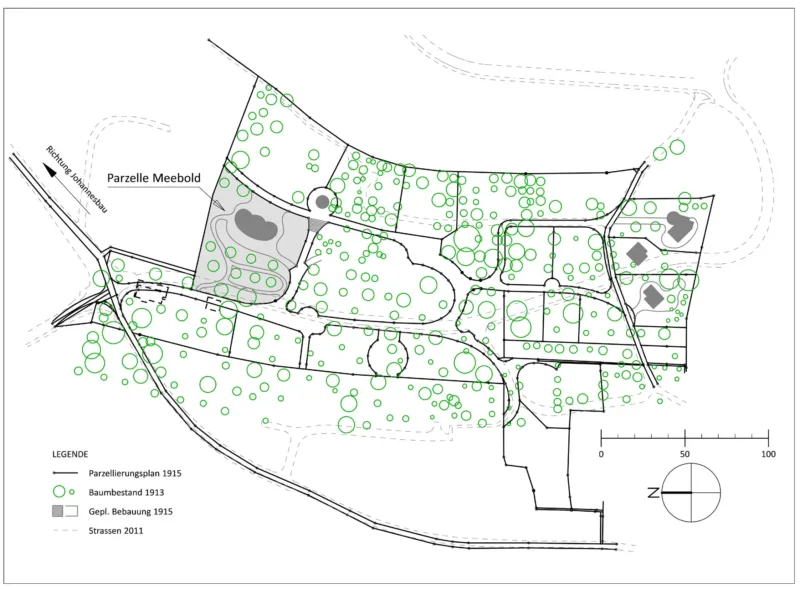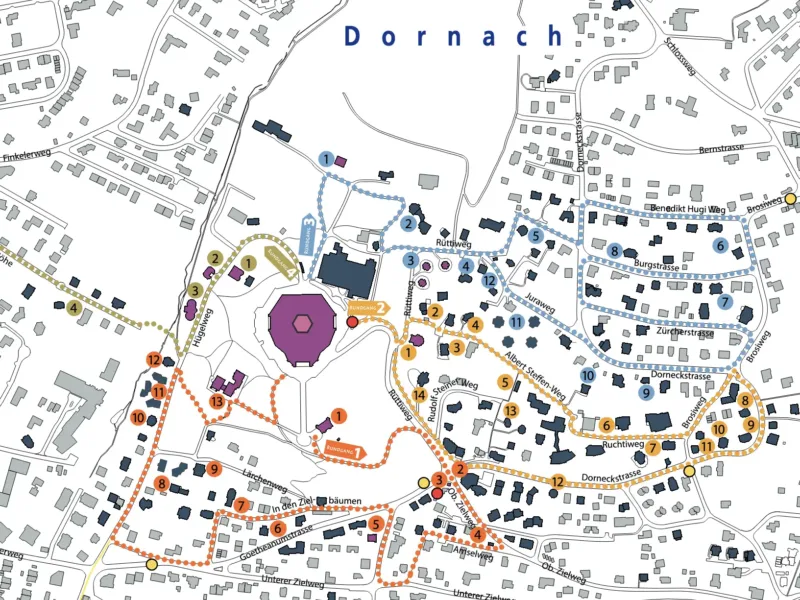LIVELY AND DIVERSE DESIGN LANGUAGE
The architectural paths of the Dornach colony
Welcome to the Dornach-Arlesheim architectural trails. Here you can discover the background to this unique ensemble of organic and sculptural architecture, find out more or book guided tours.

Stations of the trails
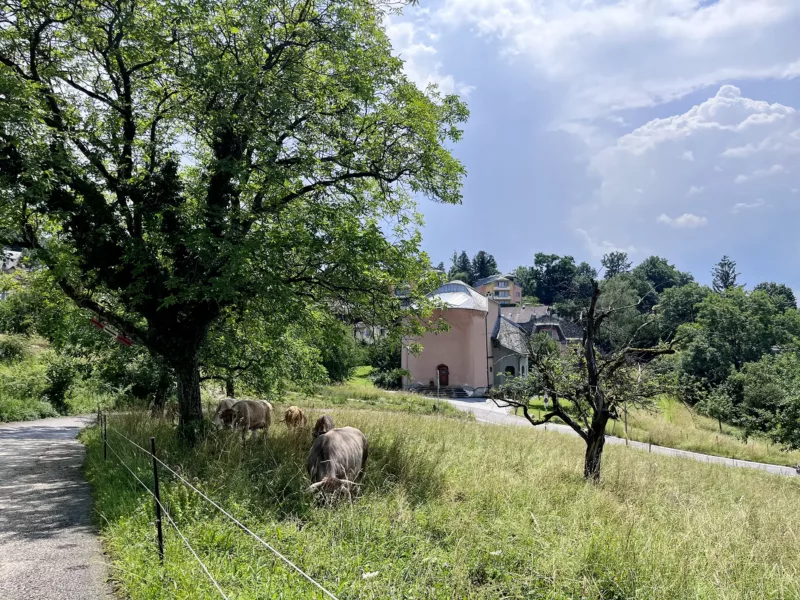
1. Landscape
The Goetheanum and the surrounding sculpturally and organically shaped houses were planned into an old cultural landscape. Architecture, nature and landscape design were to form a special unity and enhance each other’s impact.
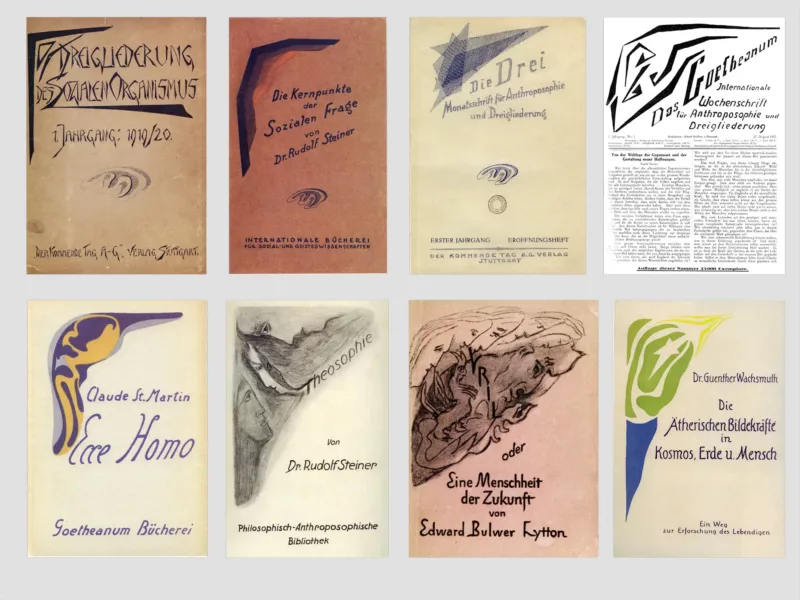
2. Links
The buildings of the Dornach Colony were consciously created from the anthroposophical world view. They are connected in many ways with other branches of anthroposophy, as an expression, as a framework, as the result of development processes.
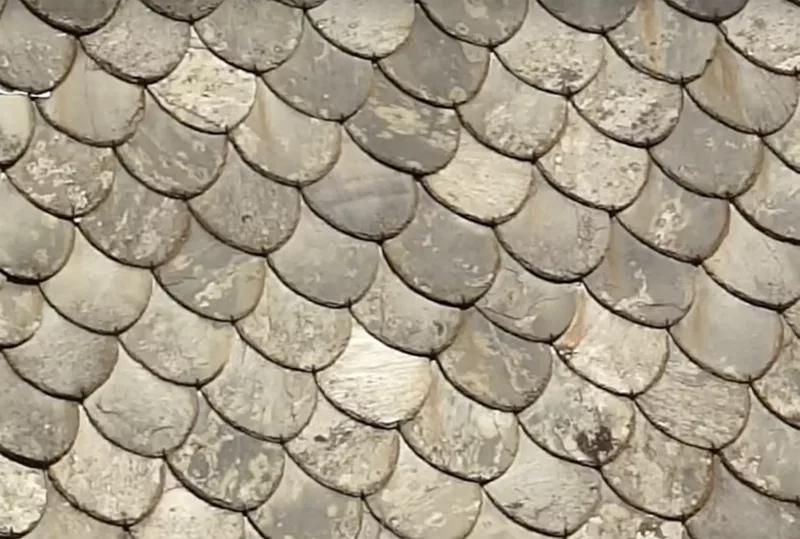
3. Material
In addition to the forms, some special materials also characterize the building on the Dornach hill. Norwegian slate, exposed concrete or colored plaster, wood are important elements of the special atmosphere around the Goetheanum.
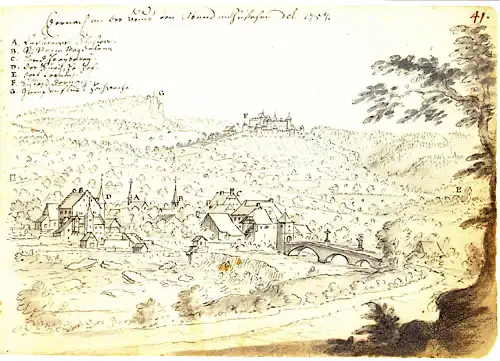
4. Environment
From the very beginning, the links to the Dornach community were diverse and not always clear. The anthroposophists who wanted to build were an economic factor, a foreign body, an enrichment and a change agent. Without them, however, neither the Anthroposophical Society nor Dornach would be what they are today.
Book a guided tour
Discover the buildings of the Dornach Anthroposophical Colony in a different way. An expert guide will give you an in-depth insight into the background to the development and architecture, the connections to other fields of anthroposophy and the integration into the cultural landscape.
On the trail of the plastic-organic architectural style
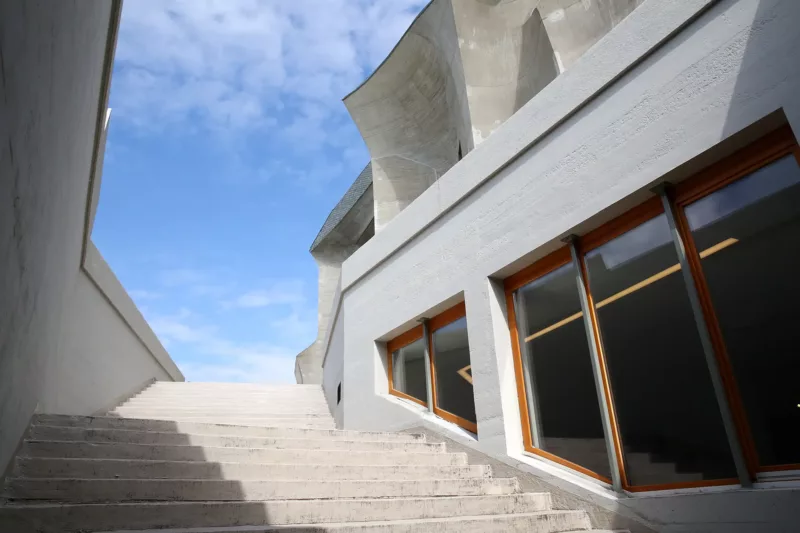
Architecture
“It is significant that such a house could be built. For it stands there as a living protest against everything traditional in architectural style and construction …” (Rudolf Steiner on the Duldeck house)
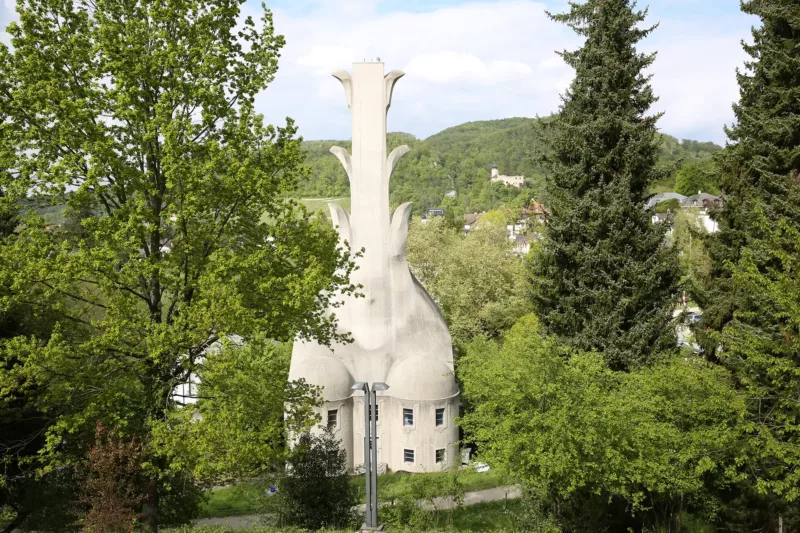
Nature
“A small colony should have been established next to the Goetheanum. The war prevented that. When thinking about this was still topical, I thought above all about the architecture of the terrain and wanted to let the individual building forms emerge from it.” (Rudolf Steiner to Walter Schwagenscheidt 1922)
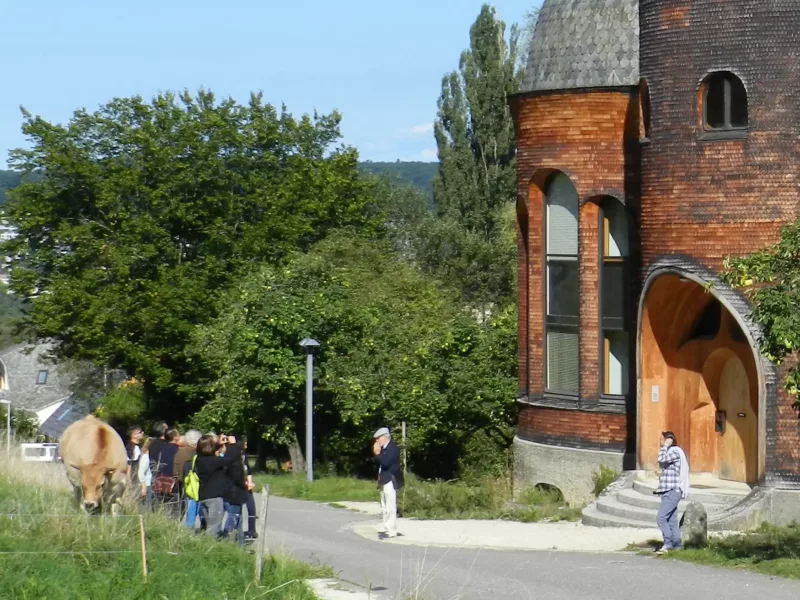
Human
“Architecture originally
expresses the way in which man wants to be received by the vastness of the cosmos.” (Rudolf Steiner, Oslo 18.05.1923, in: The Artistic in its World Mission)
The paths
Plan
The architectural guide Goetheanumhügel (out of print), published in 2011, is accompanied by four trails for self-discovery of important residential and functional buildings in the immediate and wider vicinity of the Goetheanum. Together with the main stations, they provide a good overview of the estate that has been built since 1913.

